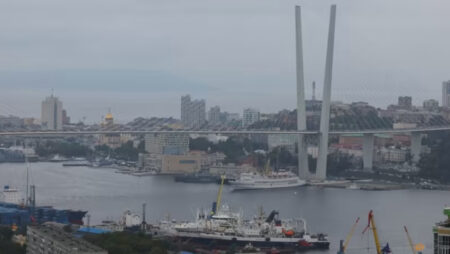Recently a blueprint of the structural reforms in Defence was discussed by the Defence Minister, Rajnath Singh, at the Defence Services Staff College in Tamil Nadu after seeing the deteriorating defence situation in Afghanistan.
While speaking about ‘Defense reforms in shifting National Security paradigm’ in Defence Services Staff College, Wellington, Tamil Nadu, the Defence Minister took the opportunity to talk about our future defence plans and laid out a blueprint for various structural reforms, which are discussed as follows:
The defence minister stated that there is still no consensus on theatre commands but that efforts are being made to reach one.
An integrated theatre command allows the three services to pool their resources under a single commander to secure a particular geographic area.
Only two of the 19 different orders in the current armed forces structure are tri-service commands, with seven each for the Army and Air Force and three for the Navy.
The Andaman and Nicobar Command and the Strategic Forces Command, which is in charge of nuclear assets, are the two commands in question.
As a result, the newly constituted Department of Military Affairs, led by the Chief of Defence Staff, strives to establish Joint Military Commands to improve synergy and resource use.
It’s also thought that the CDS is under orders to gradually bring all service commands under one roof in a time-bound way.
He also stated that the ministry’s current goal was to improve the teeth to tail ratio, or the number of military personnel required to supply and support (“tail”) each combat soldier (“tooth”) in the army, as well as decentralise the decision-making process and make it a more future-oriented and leaner force.
He also mentioned employing the concept of Integrated Battle Groups to improve the efficiency of the troops on the field.
They are the new formations that the Indian army is putting in place to enhance combat capabilities by making assaults on the enemy faster and more potent.
They will be composed of brigades based on terrain and threats and equipped with terrain and threat-specific capabilities.
They will eliminate the army’s various wings and bring all fighting capabilities, such as infantry, artillery, and air defence, under one command at the Army’s Corp level formations.
The minister also mentioned using fresh ideas like “Tour of Duty” to entice volunteers to join the military for a three-year stint.
He described it as a game-changing concept that may attract an increasing number of young individuals, lowering the average age of the force and making them more agile.
He also discussed the role of women in the military. He stated that women warriors had played significant roles throughout history.
Considering the Supreme Court’s choice to allow permanent commissions for women in the army, he stated that women officers would be joining the military soon.
He also stressed the importance of indigenisation in the defence industry for self-sufficiency.
As a result, for the first time in history, Army aircraft will be manufactured in India by Tata Consortium, a private company.
India is expected to become a global Defence manufacturing hub in the near future. As a result, the defence modernisation funds for domestic procurement have been increased to 64.9%.
He also stated that domestic capital procurement in the private sector would increase to 15% by next year, thus creating new opportunities in India.











